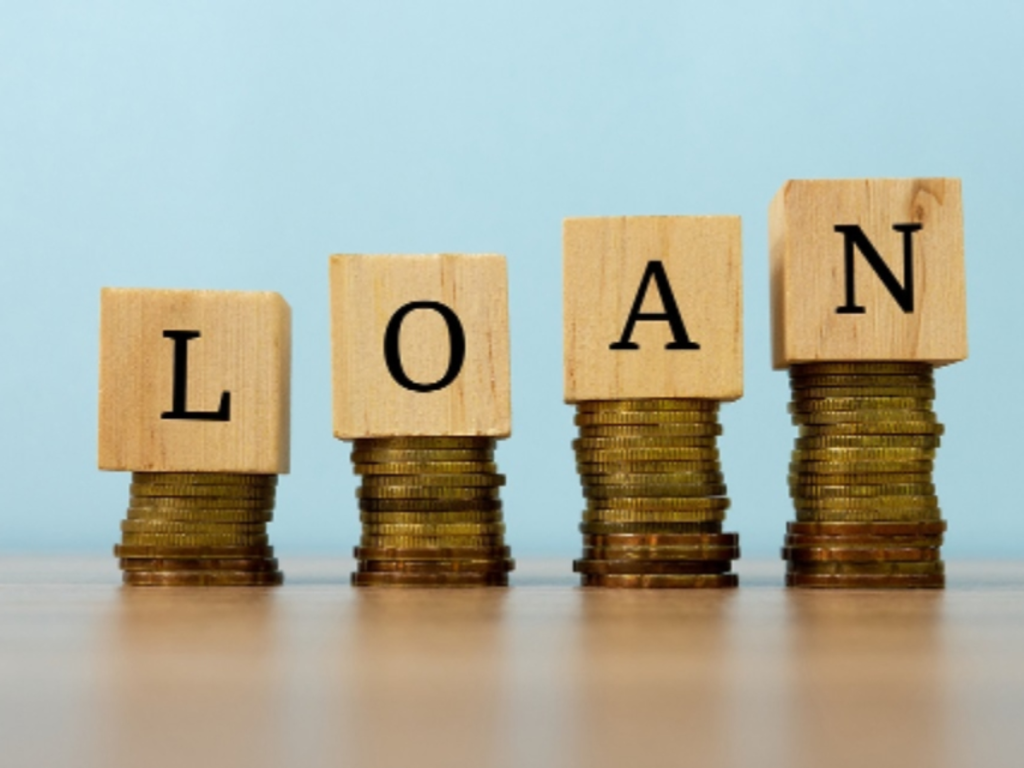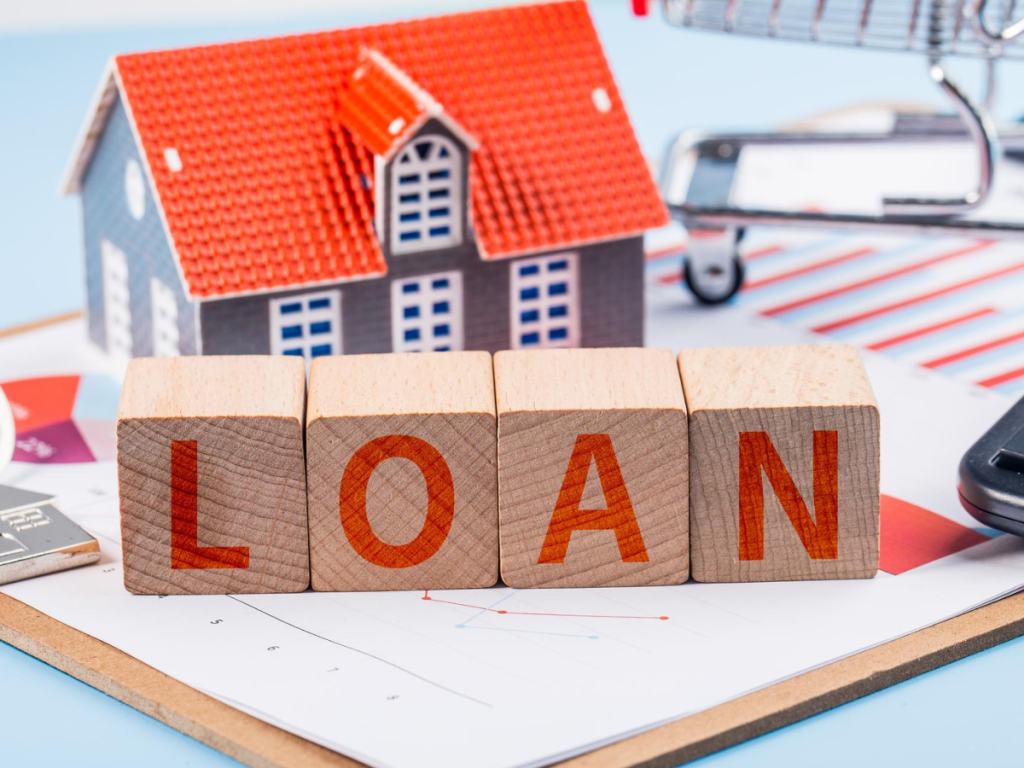Introduction
Unsecured loans are very popular financial tools that provide an easy means of raising funds without offering any form of collateral. Secured loans are mostly based on property, vehicles, or savings to be used as collateral, but the unsecured loans are mostly sanctioned based on the creditworthiness of the applicant. Therefore, unsecured loans appeal to those people who do not have valuable assets or are unwilling to risk their possessions to raise finances.
What Are Unsecured Loans?
Unsecured loans are a kind of borrowing where the lender extends credit without requiring any tangible asset as security. Instead, the lender looks into factors such as the borrower’s credit score, income, employment stability, and overall financial health to determine whether the borrower qualifies for the loan and what terms and conditions apply to the loan.
Common examples of unsecured loans include:
- Personal Loans: Generally used for things like home improvement, medical expenses, or holidays.
- Credit Cards: Allows borrowers to borrow on a revolving basis with the option of paying minimum installments.
- Student Loans: These loans are offered without collateral, and they are usually the ones which go easy on the repayments.
- Payday Loans: High-interest short-term loan designed for emergent need of cash. Ideally, it is riskier type.
How Do Unsecured Loans Work?
When you apply for an unsecured loan, the lending company will have to scrutinize your financial record. Key considerations often include:
Credit Score: Typically, a high credit score corresponds to a favorable interest rate as well as preferential terms of lending. Credit score low often translates to greater cost or perhaps outright denial.
- Debt-to-Income Ratio (DTI): Lenders assess your ability to repay by comparing your total monthly debt payments to your gross monthly income.
- Income Stability: A steady source of income reassures lenders of your repayment capability.
If approved, the loan amount is disbursed, and you’re required to repay it in fixed monthly installments over a specified period. The repayment terms, including the interest rate, are set in the loan agreement.
Benefits of Secured Loans.
Secured loans have several advantages that make the loan a hot favorite among a large number of loan seekers:
- No risk of losing property: The house or car etc. is not kept at risk.
- Simpler, faster approval procedures: Since collateral does not have to be checked, the credit approval process happens much faster in most cases.
- Flexibility: The funds can be used for various purposes, allowing the borrower to use the funds where needed.
- Accessibility: Borrowers with good credit scores can easily obtain favorable terms with competitive interest rates.
Disadvantages of Unsecured Loans
Unsecured loans offer convenience but come with disadvantages that borrowers should carefully consider:
- Higher Interest Rates: The absence of collateral is compensated by the lender in the form of higher interest rates than a secured loan.
- Stricter Approval Requirements: A strong credit profile may be required to qualify for good terms.
- Lower Borrowing Limits: The loan amount may be capped as there is no collateral involved, depending on the risk assessment of the lender.
- Accumulation Risk through Debt: People who fail to manage their money well risk sinking into the quicksand of high-interest debts.
When Is It Wise to Use an Unsecured Loan?
The scenario is simple when one may want to get an unsecured loan:
- Emergency Bills: Emergency surgeries, car breaks, or medical tests require a lump sum within the shortest possible time.
- Debt Consolidation: Merging several high-interest debts into one unsecured loan with a lower interest rate can simplify repayments.
- Major Purchases: Funding large expenses like weddings or home improvements without liquidating savings.
- Educational Needs: Covering tuition fees or other academic costs.
How to Qualify for an Unsecured Loan
Qualifying for an unsecured loan requires careful preparation and planning. Here are some steps to increase your chances of approval:
- Improve Your Credit Score: Pay bills on time, reduce outstanding debts, and address any errors in your credit report.
- Reduce Your Debt-to-Income Ratio: Keep your DTI below 40% to show financial stability.
- Provide Proof of Income: Be prepared with pay stubs, tax returns, or bank statements.
- Compare Lenders: Research different lenders to find the best interest rates, fees, and repayment terms.
- Make a Budget: Decide how much you are going to borrow and make sure you can afford the monthly repayments.
Understanding the Costs of Unsecured Loans
It’s important to factor in the overall cost of borrowing before taking an unsecured loan. Some of the things to take into account include:
- Interest Rate: The APRs may be very high, depending on your credit score and the lender.
- Fees: Look out for origination fees, late payment penalties, and prepayment charges.
- Repayment Terms: Shorter terms would lead to higher monthly payments but pay less in interest, while longer terms reduce monthly costs but pay more in interest.
Borrowing Responsibly
For an unsecured loan to be effective, one needs to borrow responsibly.
- Borrow Only What You Need: Borrow less to minimize repayment burdens.
- Stick to a Budget: Factor loan repayments into your monthly budget to prevent financial strain.
- Pay on Time: Timely payments help maintain a good credit score and avoid penalties.
- Avoid Multiple Loans: Taking out multiple loans simultaneously can strain your finances and hurt your credit.
How to Choose the Right Unsecured Loan for Your Needs
Choosing the best unsecured loan can be achieved through a detailed research process and careful consideration. Here are some steps which can help you to make the right choice:
- Understand Your Financial Needs:
Start by identifying what the loan’s exact purpose would be. Will you be paying off debts, emergency expenses, or funding a costly purchase? Based on the use, you are able to determine loan amount and repaying terms required. - Compare Lenders:
The interest rates, fees, and terms are different from one lender to another. Compare offers from banks, credit unions, and online lenders. For example, online lenders can offer faster processing times and competitive rates, while credit unions can offer lower rates to members. - Look at the Interest Rates:
Interest rates are perhaps the most important factor to consider. A lower rate will mean a lower total cost of the loan. Fixed-rate loans provide predictable monthly payments, while variable-rate loans may fluctuate, potentially increasing your payment amount over time. - Assess Fees and Charges:
Many unsecured loans come with additional costs, such as origination fees, late payment penalties, and prepayment penalties. Be sure to read the fine print and understand all charges associated with the loan. - Evaluate Repayment Terms:
Analyze the loan repayment period against your goals on finances. Short periods may attract higher monthly payments but less interest, while longer terms have smaller monthly payments but higher total interest. - Check the Lender’s Reputation:
Research the lender’s reviews and reputation. A reliable lender should have transparent terms, responsive customer service, and a solid track record. - Prequalify When Possible:
Some lenders prequalify, which allows you to see loan offers without lowering your credit score. This helps you compare what’s available to you without obligation.
Options Instead of Unsecured Loans
Though an unsecured loan is the go-to option, there are still other options if you are looking for a solution to meet a financial need, depending on the situation. The other options include:
- Secured Loans:
A secured loan may carry a lower interest rate and allow for a greater borrowing limit, especially if you have valuable assets. Examples of secured loans are home equity loans, auto loans, or lines of credit secured by savings. - Credit Card Balance Transfers:
If you are paying off debt, some credit cards give you promotional 0% APR balance transfers. This can save you money if you pay off the balance in the promotional period. - Personal Savings:
For small purchases, tapping into your emergency fund or saving can avoid interest or fees. - Peer-to-Peer Lending:
This might be LendingClub or Prosper, which pairs individuals offering loans with direct lenders. Competition in rates offered through their system is on a credit-grade basis. - Loans through Employer or Community Assistance:
Employer- or community-sponsored low interest rate loans to assist in financing an emergency situation, education-related activities, etc. - Government Loans or Subsidy:
These may be in the form of grants or low-interest loans with conditions related to funding education or starting a business.
Common Myths About Unsecured Loans
There are many misconceptions surrounding unsecured loans that can discourage the potential borrower. Let’s debunk a few:
- “Unsecured loans are only for people with perfect credit.
While excellent credit certainly helps secure the best terms, many lenders do offer unsecured loans to those with fair or average credit. Terms will likely vary based on your credit score, though. - “Unsecured loans are only for emergencies.”
Unsecured loans are versatile and can be used for consolidating debt, financing a wedding, or even funding a small business venture. - “You can only get unsecured loans from banks.”
Besides banks, credit unions and online lenders are also usual sources of unsecured loans. Many online lenders specialize in offering unsecured personal loans and offer relatively competitive terms. - “Unsecured loans have always extremely high-interest rates.”
True, on average, interest rates for unsecured loans are relatively much higher than those for secured loans. But consumers with strong credit profiles have the potential to secure competitive quotes.
How an Unsecured Loan Affects Your Credit
Unsecured loans may affect your credit score in the following ways:
- Positive Effects:
- Payment History: On-time pay increases the credit score.
- Credit Mix: Acquiring an unsecured loan will be part of the balance that makes up 10% of your credit score through a diversified credit mix.
- Negative Effects:
- Hard Credit Inquiry: When you apply for a loan, the lender conducts a hard inquiry, which may slightly lower your score temporarily.
- Missed Payments: Failure to pay on time may severely damage your credit score and incur further fees.
- Long-Term Benefits:
Proper management of your loan improves your credit scores over time to qualify for some better financial offers in the near future.
Conclusion
Unsecured loans are a great financial tool if used responsibly. They are very flexible and accessible for borrowers who do not need collateral, thus suitable for most purposes. On the other hand, they carry higher costs and more stringent eligibility criteria, which requires proper planning and assessment.
Before taking on an unsecured loan, first analyze your goals, budget, and repayment capability. With all the subtleties of unsecured loans, by comparing lenders, and borrowing responsibly, you can take well-informed decisions that may fit your long-term financial interests. Whether debt consolidation, funding for an emergency, or simply fulfilling a personal goal, an unsecured loan is a gateway to financial stability.

